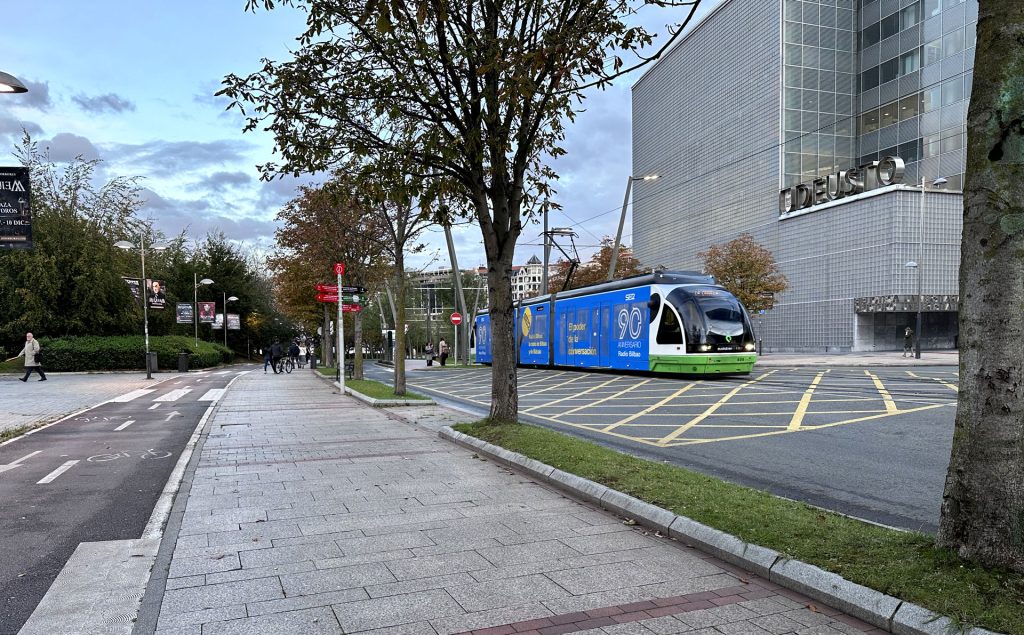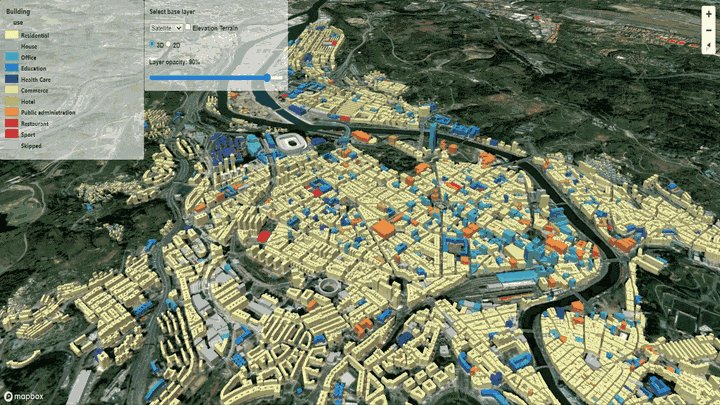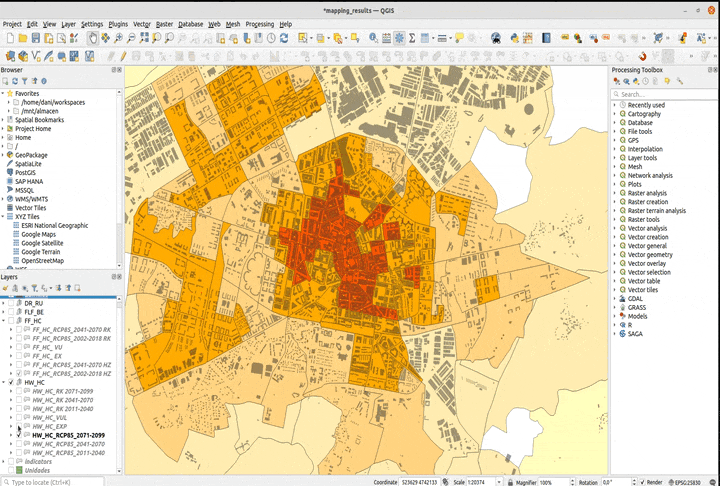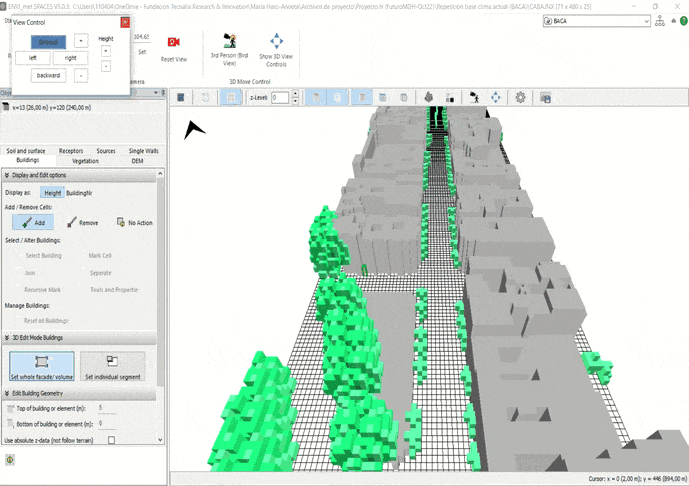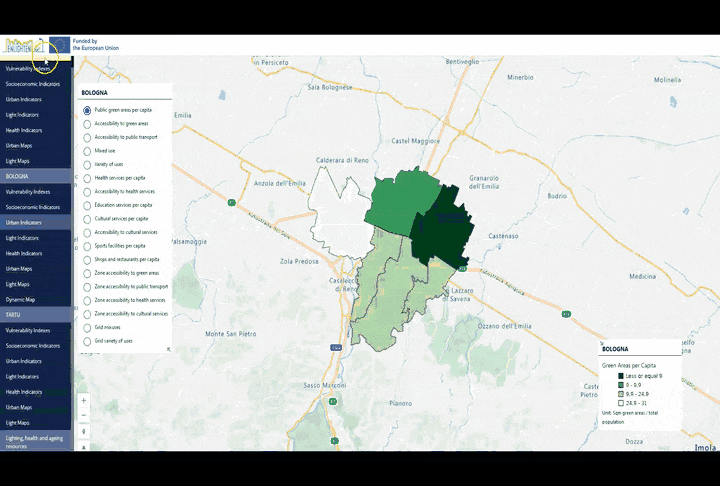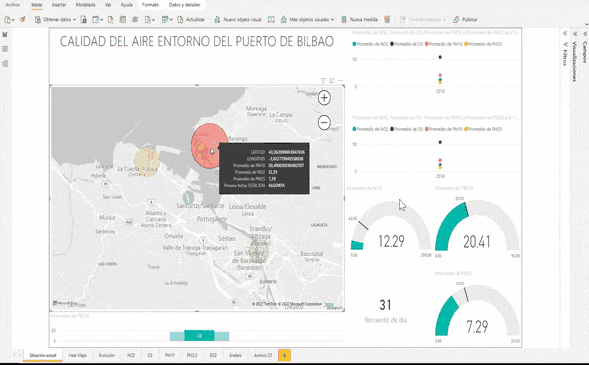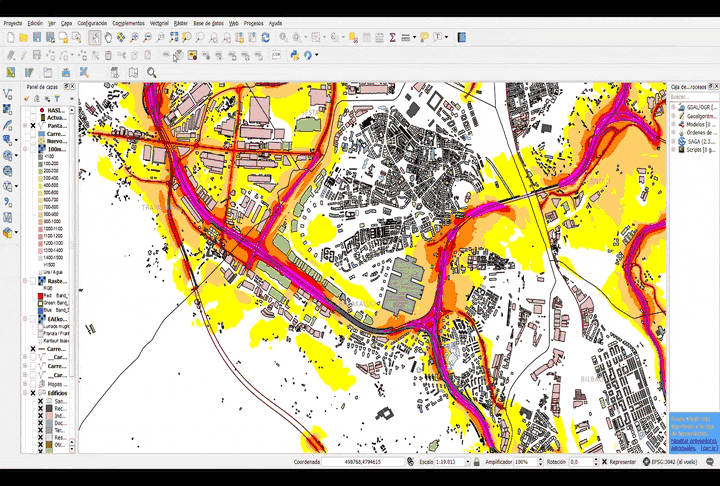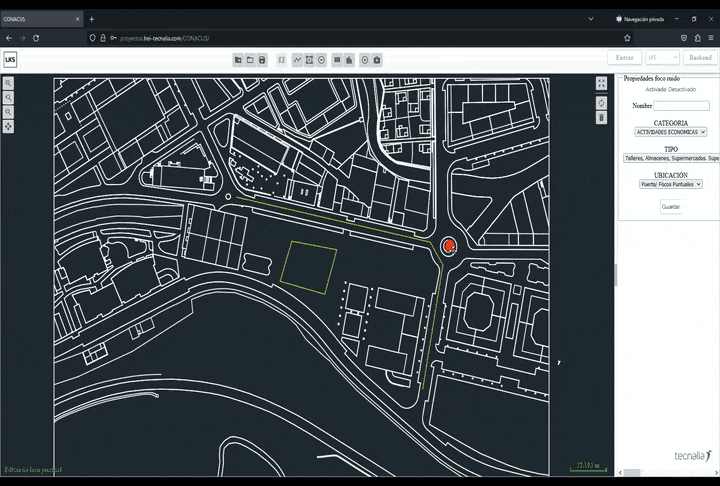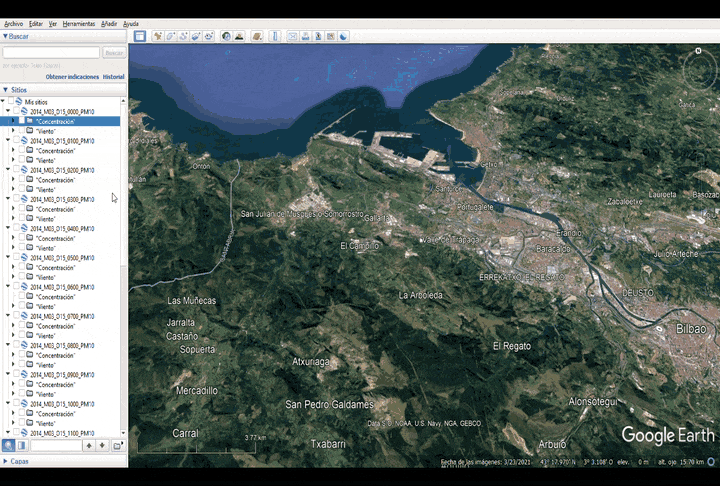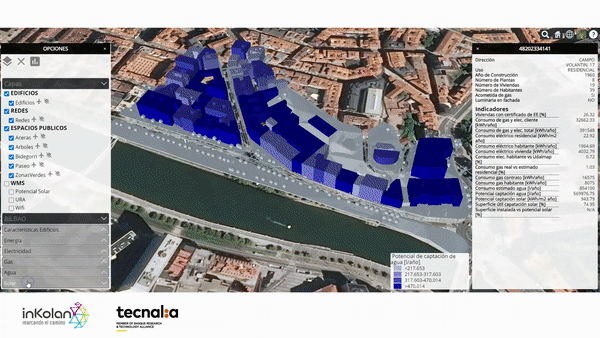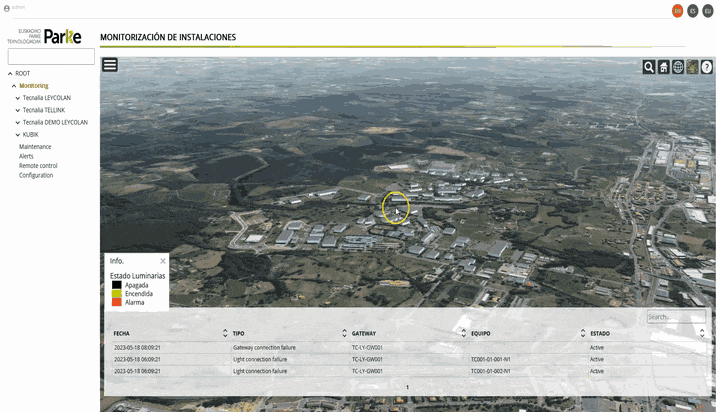onepage
Smart City: Technologies and innovation for a more sustainable, resilient and inclusive city

ENERGY TRANSITION
Almost 75% of GHG (Greenhouse Gas) emissions originate from or are directly related to activities in cities. It is therefore necessary to propose actions that contribute to reducing consumption, improving efficiency and making greater use of renewable energies while maintaining services to citizens and their well-being.
To do so, the starting point must be a proper diagnosis of the situation in order to understand how they are consumed and emitted. This will allow the urban transformation factors to be established appropriately in order to meet the challenges of the energy transition in our cities.
We are working on analytical tools and methodologies that combine:
- The energy dimension of the city of today
- Foreseeable evolution over 10-20 years
- Ex-ante analysis of the different potential solutions
In this way, direct, indirect and induced impact can be determined on an environmental, economic and social scale.

ADAPTATION TO CLIMATE CHANGE
The risk of impact related to climate change arises from the interaction of the hazards associated with the climate itself (including extreme events and trends of change) with the vulnerability and exposure of human and natural systems.
Adaptation enables conscious and plannedproactive and anticipatory actions to be defined, based on scientific and technical evidence and a deliberate and consensual political decision-making process, to cope with the effects of climate change, minimise its impact and exploit the opportunities of this phenomenon.
Adaptation is a global challenge on a local scale, but many of the solutions and responses to adapt to the impact of climate change come about at the city level.

URBAN REGENERATION AND HISTORIC HERITAGE
The conservation of our urban heritage requires sustainable strategies that improve the quality of life of its inhabitants by upgrading the inherent sustainability of historic areas. We approach this challenge from a multi-scale vision that enables us to support the selection of energy rehabilitation strategies that are coherent and compatible with the architectural and heritage values of historic urban environments.
The introduction and growth of tourism activities in cities and their proper management involve major challenges for urban policies, especially in terms of congestion and pollution, citizen enjoyment and life, the imbalance between different areas and the overloading of cultural assets.

ENVIRONMENTAL QUALITY
In smart cities, the challenges of urban environmental quality are key to ensuring sustainable and healthy urban environments. Efficient management of air and noise quality, as well as its pollutant sources are key.
The implementation of smart technologies, such as environmental sensors and real-time monitoring systems, is presented as a solution. Furthermore, the transition to smart and sustainable mobility is essential to reduce emissions and improve air quality. Addressing these challenges involves collaboration across sectors and innovation in urban design, thus promoting smart cities that prioritise environmental quality for the well-being of their inhabitants.

MANAGEMENT OF URBAN TECHNICAL NETWORKS
The management of urban technical networks faces a number of challenges today, marked by the increasing complexity of modern cities. One of the main challenges lies in the need to maintain and improve the existing infrastructure, such as water supply systems, electricity grids and public transport, while coping with the pressure of urban growth and the changing demands of the population.
Sustainability is another key challenge, as cities seek to adopt greener and more resource-efficient practices. The implementation of smart technologies for real-time monitoring and predictive network management is essential.
Furthermore, coordination between different sectors and stakeholders, such as local governments, private companies and the community, is crucial in order to address the problems comprehensively.
In short, managing urban technical networks involves balancing operational efficiency, sustainability and resilience, while adapting to an ever-changing dynamic urban environment.

URBAN MOBILITY AND ACCESSIBILITY
As cities and their inhabitants evolve, so do their needs and requirements. Today, ensuring the accessibility of the urban environment through sustainable mobility has become a fundamental requirement on the agenda of all cities.
While addressing accessibility presents great challenges, especially in the physical field, opportunities offered by new technologies in terms of urban planning and accessibility are also being identified.
